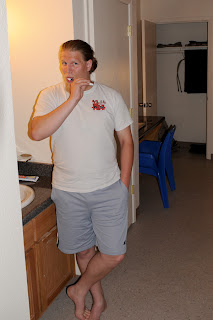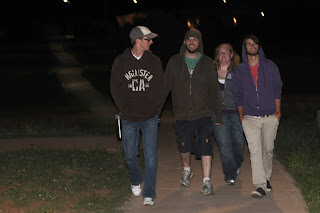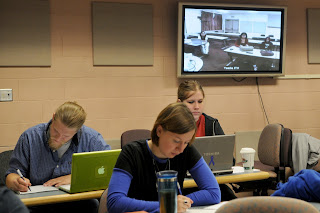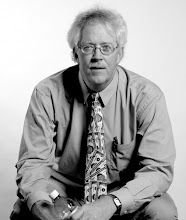I've managed to irritate many students in my mass communication courses this semester. I do a little of that each semester. It seems more serious this semester.
I try to challenge students, to make them work hard, to make them feel accountable for the quality of their own work. I offer many hours a week to students who visit my office for help, advice, input on projects, etc.-- not just my advisees or those registered in my courses.
Last year, I was selected Professor of the Year at my university. I was honored and humbled, because the award was the result of a campus wide student election. We have dozens of excellent professors here at Winona State University, many of whom are deserving of the honor.
So, why are a few students irritated with me, more than in past years? It comes down to a couple things I say in the first week of classes and then hold firmly to those comments throughout the semester.
1.) In a journalistic article, if you spell a proper name wrong, the article receives an F.
It's simple. Check and double check names. Get them right. It's one of the biggest complaints people have about news media. It's lazy journalism. It's easy to check name spellings in a variety of ways. Perhaps the easiest and most credible way is to ask the person to spell their name slowly and clearly.
2.) Each assignment has a deadline. No extensions, no excuses, no late work accepted; Late equals F.
Mass Communication is a deadline business. When students graduate from our program, I want them to be prompt, professional, accountable. Try working in professional media, and miss a few deadlines. Better have some resumés printed, because the job search will be on.
3.) Show up for class. Miss more than two class periods in a semester, and the grade will suffer.
Students buy a product when they register for a course. They pay a fee and expect a quality product. You wouldn't buy a nice car then let it sit in the driveway. You bought a class-- drive it, every day.
In a 15-week semester, with a holiday or break day or two, a course that meets twice a week has about class 28 meetings. Miss three class periods and you miss more than 10 percent of the course information. It's not fair to expect the rest of the class to listen to material explained a second time for those who missed class. A professor shouldn't be expected to give lectures over and over for one or two people at a time.
My classes aren’t that difficult. They're challenging. There's a difference. I tell students I believe it is my job to make them uncomfortable several times each semester. It's in the uncomfortable spaces where learning occurs. If everything is easy and quick, they don't have to think, read, learn.
The recipe for success in my courses isn't difficult: show up, listen carefully, take notes, speak up occasionally, and apply what you hear in your assignments.
Since I instituted these class requirements, nearly every project is turned in on time, rarely is a name misspelled, and attendance is close to 98 percent. There's the occasional illness or family emergency, but those usually fall within the two classes per semester range. I consider this from the standpoint of expectations. I make my requirements clear in the first class meeting. Students can and do perform to clearly communicated expectations.
This semester, in the fifth week of the term one student had already racked up seven absences and turned in one assignment late. The project was poorly executed because the student hadn't heard most of the discussion of the theory behind creating an effective and memorable communication piece. I suggested the student drop the course because I saw little chance for a passing grade.
A colleague suggested that a college education is the one product some people purchase at full price hoping to get less than what they pay for.
Today, an email from a student who questioned my attendance policy contained this sentence: "I'm sorry my tardiness bothered you, if I was aware I would have put more effort into being on time." Yeeesh.
Thankfully, most students take their education seriously and challenge themselves to learn and grow and get the most value from their time in the classroom and the application of learning to their outside-of-class projects.
If my class expectations make me less popular with a few students-- but they help the majority learn and prepare themselves for careers or grad school-- I can live with that.




































